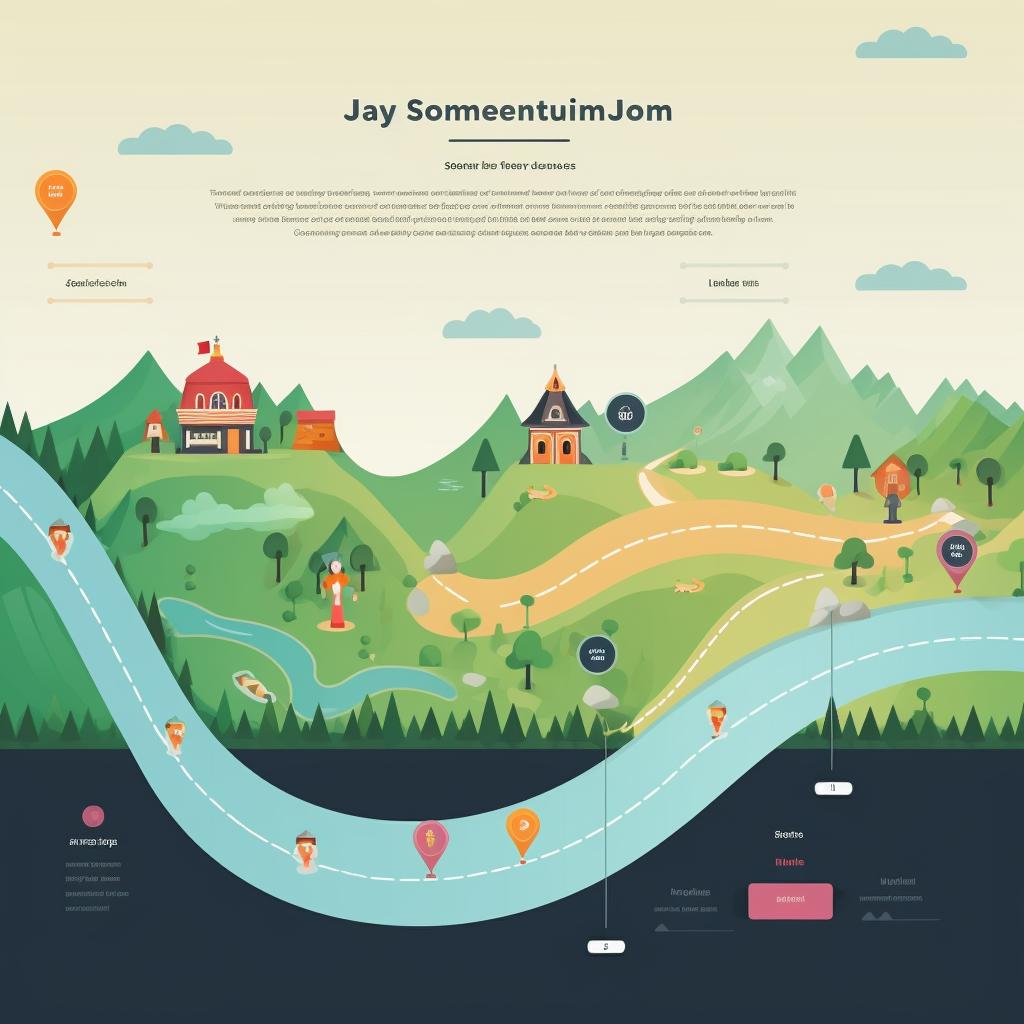Implementing Customer Experience Design: A Step-by-Step Guide
Designing an effective customer experience (CX) strategy is no easy feat. It requires a deep understanding of your customers, a clear vision for your business, and the ability to translate that vision into a tangible, customer-centric design. As outlined in our step-by-step guide, a successful CX design journey involves empathizing with customers, defining your strategy, designing the customer journey, implementing your design, collecting and analyzing feedback, and iterating and improving your design.
At the heart of this process is empathy. Understanding your customers' needs, wants, and pain points is crucial in creating a customer experience that truly resonates with them. This understanding forms the foundation of your digital customer experience strategy.
Once you've gained a deep insight into your customers, it's time to define your strategy. This involves setting clear goals, identifying the customer behaviors you want to influence, and determining the key metrics you'll use to measure success. A well-defined strategy is like a roadmap, guiding your efforts and helping you stay focused on your objectives. It's also crucial in designing your digital customer journey.
With your strategy in place, you can then start designing your customer journey. This involves mapping out every touchpoint a customer has with your business and identifying opportunities to enhance the customer experience. A detailed customer journey map is an invaluable tool in ensuring consistency across all customer interactions. It's also a key component in B2B customer experience.
Once you've designed your customer journey, it's time to implement your design. This could involve anything from redesigning your website to training your staff or introducing new processes. The goal is to create a seamless, engaging, and memorable customer experience. And remember, customer experience design is not a one-time process. It requires ongoing effort and continuous improvement based on customer feedback and evolving customer needs.
In conclusion, designing a successful customer experience is a complex but rewarding process. With the right approach, it can help you create meaningful connections with your customers, drive business growth, and set your business apart in today's competitive marketplace. So why wait? Start your customer experience design journey today with CE 65.














